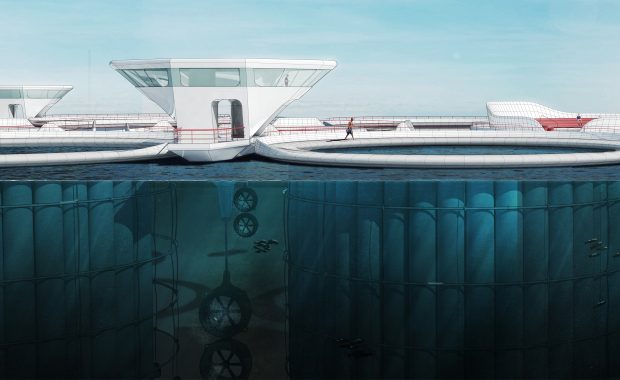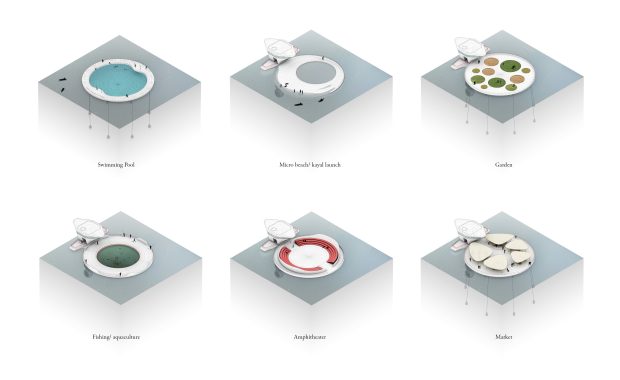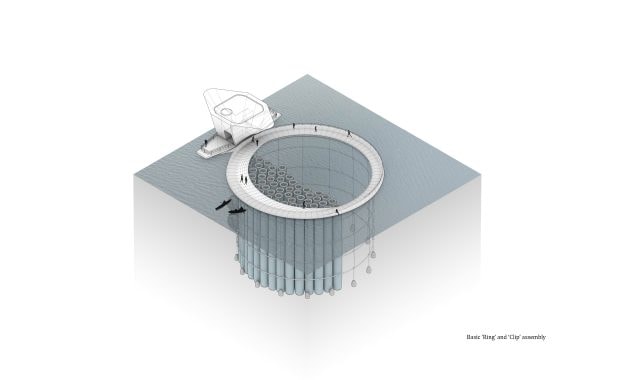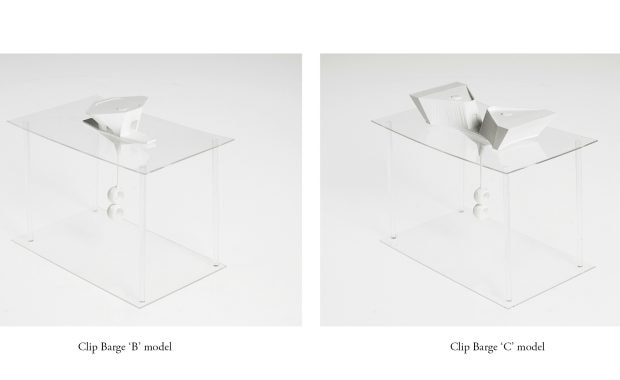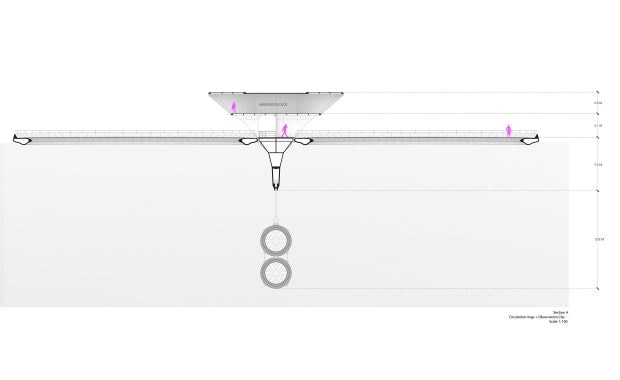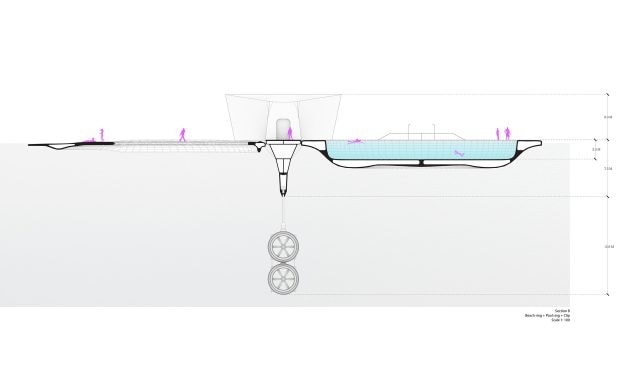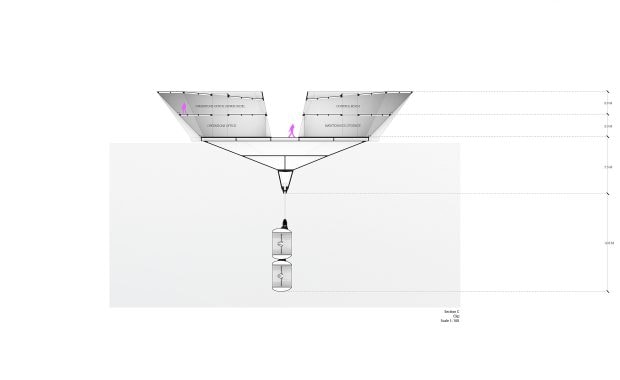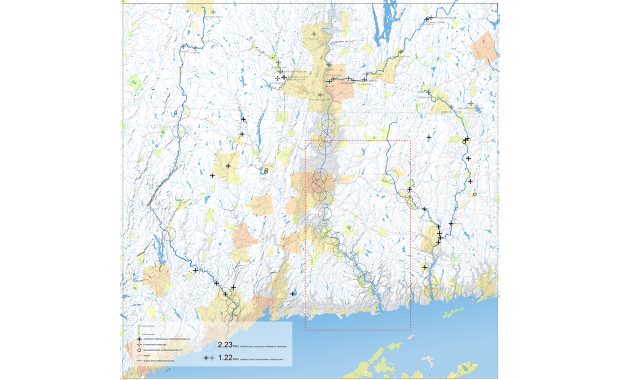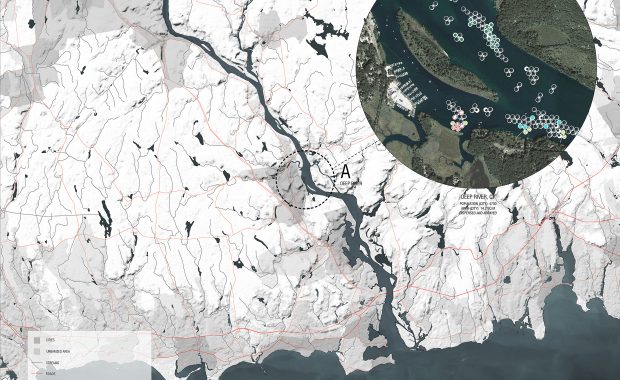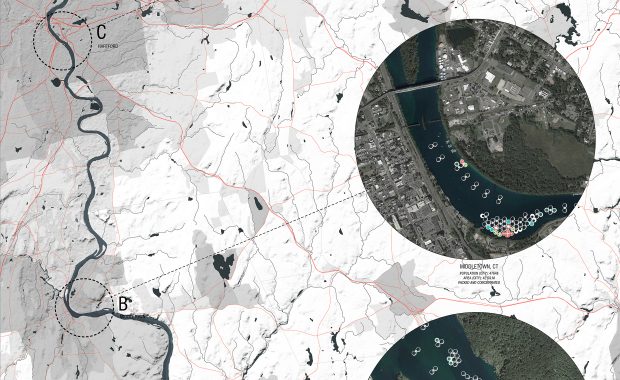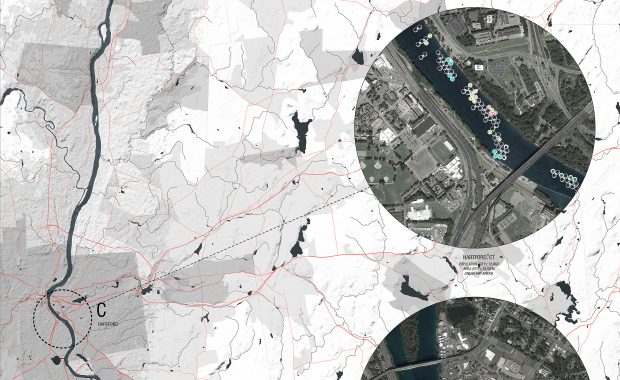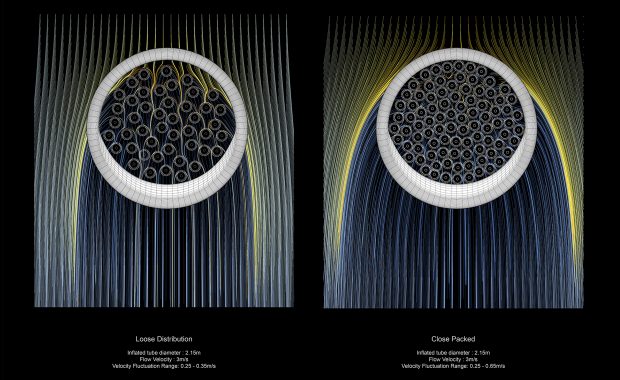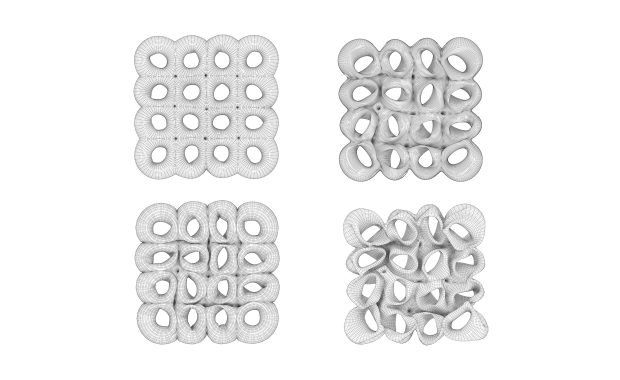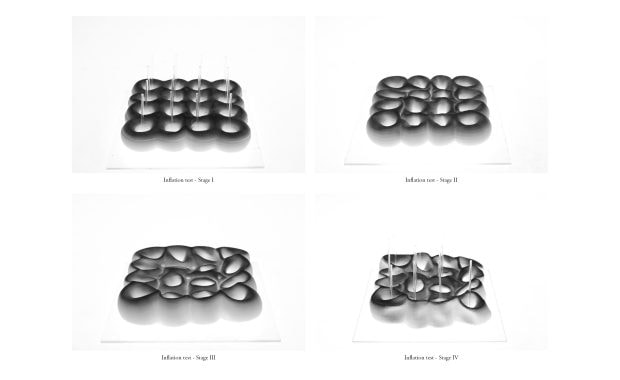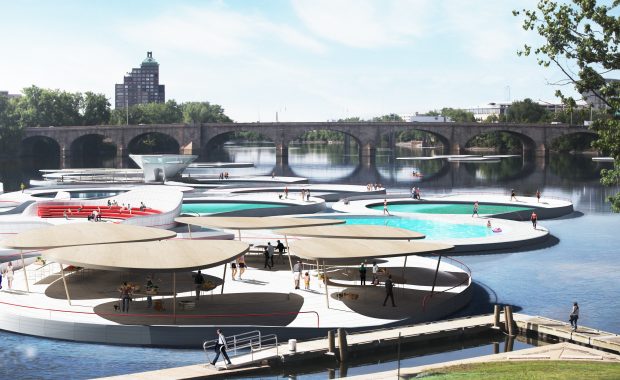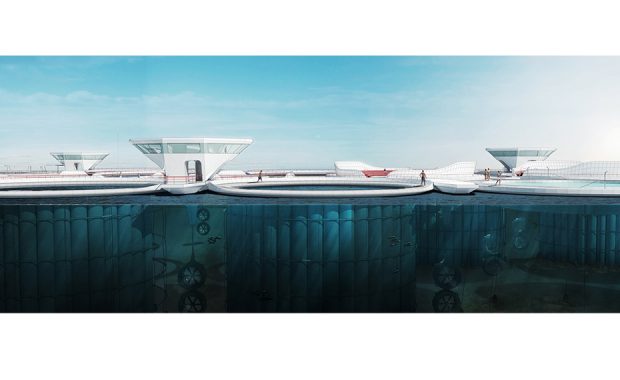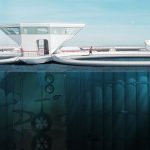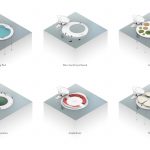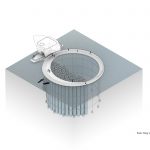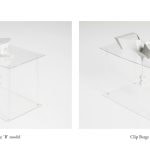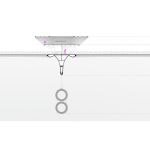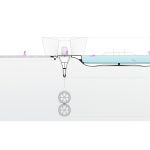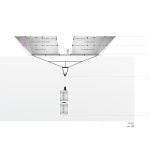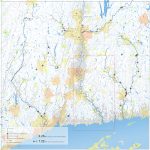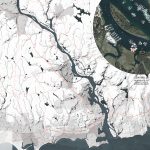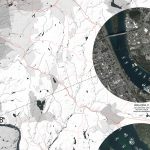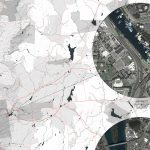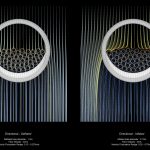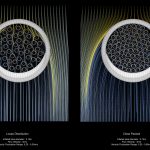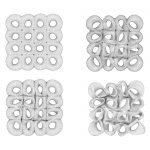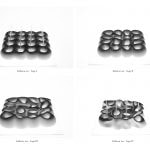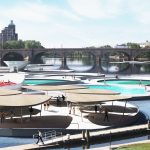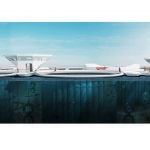Project: Hydrofutures
Location: Lower Connecticut River, USA
Designer: Swarnabh Ghosh
Year: 2013
Program: Yale School of Architecture
Faculty Advisor: Greg Lynn with Brennan Buck
Website: http://www.swarnabhghosh.com/Hydrofutures
Project Description: This project explores the legacy and the future of hydroelectric power in the Northeastern United States. By tracing the history of dam construction in the US, this project calls into question the role of dams in the 21st century and proposes an alternative to the thousands of inefficient and obsolete dams that disrupt American river systems. By studying the potential application of inflatables in flood control and power generation, this project proposes a form of hydroelectric power generation that utilizes inflatables and extant hydrokinetic turbine technology to decentralize electricity production in river systems while producing an entirely new type of riverine urbanism.
This soft water-based infrastructure can be distributed along river systems in various configurations to perform a variety of functions in addition to power generation. Using a system of inflatable tubes, rings and pads held together by ‘clips’ in the form of barges, the project is rapidly deployable and utilizes hydrokinetic turbines to generate electricity from the kinetic energy of flowing water.
Over the last decade, governmental agencies like the Army Corps of Engineers as well as turbine manufacturers like Verdant and General Electric have shown increasing interest in the potential of hydrokinetic energy as a viable alternative to conventional hydroelectric power generation. A 2012 study by the Electric Power Research Institute posits that the ‘theoretically available’ hydrokinetic resource for the continental US is in excess of 1380 TWh/Yr [1]. Current annual hydroelectric output in the United States is in the region of 280 TWh.
While the technology to extract kinetic energy exists and continues to evolve, this project inserts/embeds a spatial variable to the mix. By embedding civic program in these otherwise submerged and invisible machines, the project performs like a radically expandable and configurable energy landscape, recasting infrastructure in a civic and cultural role. Moreover, by decentralizing power generation and dispersing it at the scale of a region, this form of energy production is more responsive and provides opportunities for multiple scales and timeframes of application without disrupting fragile fluvial ecologies.
The early stages involved the study of inflatables and their potential application in flood control and power generation. With the help of dynamic physics engines, studies were conducted to control and design the deflation and inflation of elastic objects. The second stage of the project involved the design of the spatial components of the hydrokinetic system and the analysis of efficiencies of possible configurations with the help of computational fluid dynamics. The components of the system consist of hydrokinetic turbines (~45 MW) suspended from barge ‘clips’ which, in turn hold together the programmatic rings and pads. The inflatable ‘tubes’ which control the flow of water are held together by the rings and an underwater system of cable ties. Grouping the system in different configurations such as dispersed arrays or tight packs or (dispersed array vs. tightly packed) could potentially modulate the flow velocity of river water to (i) help increase the productivity of the turbines as well as (ii) mitigate flooding.
The scalability and adaptability of this approach allows for careful scrutiny of the inherent geographical and political implications of hydropower production. Hydrofutures asserts the possibility of large-scale infrastructure as a productive civic undertaking by inserting a series of spatial variables into a predominantly technological mix. In this manner, it attempts to redefine the relationship between contemporary society and the increasingly vast infrastructural landscapes it inhabits.
Notes:
[1] For more, see “Assessment and Mapping of Riverine Hydrokinetic Resource in the Continental United States”, EPRI, Palo Alto, CA:2012. The EPRI is a non-profit organization based in Palo Alto, CA funded by the electrical utility industry of the United States.
| previous project | next project |
